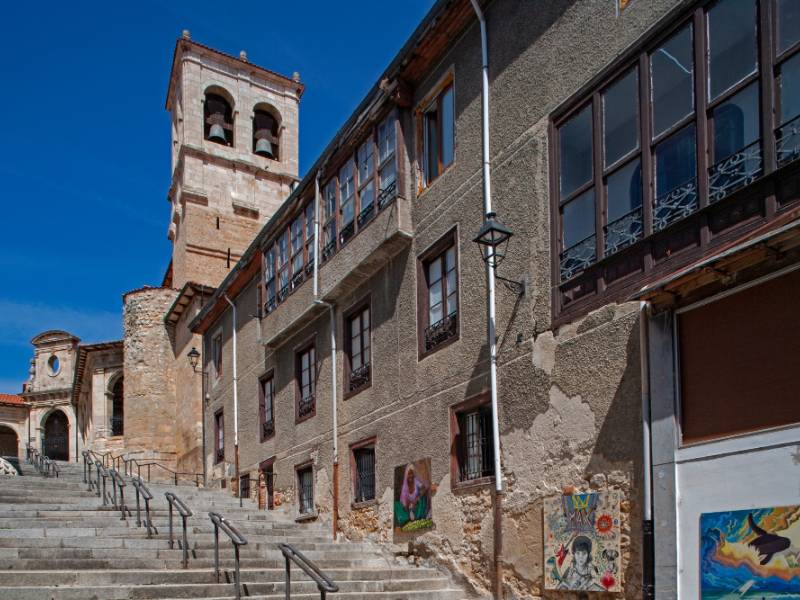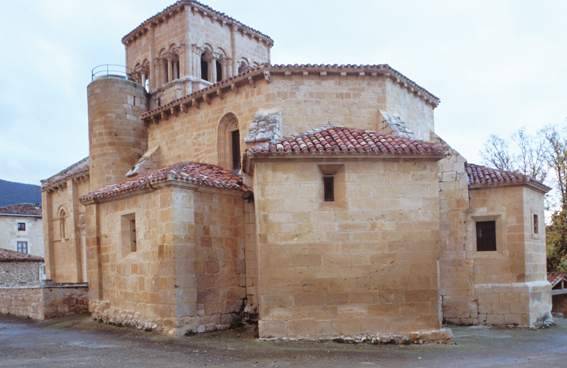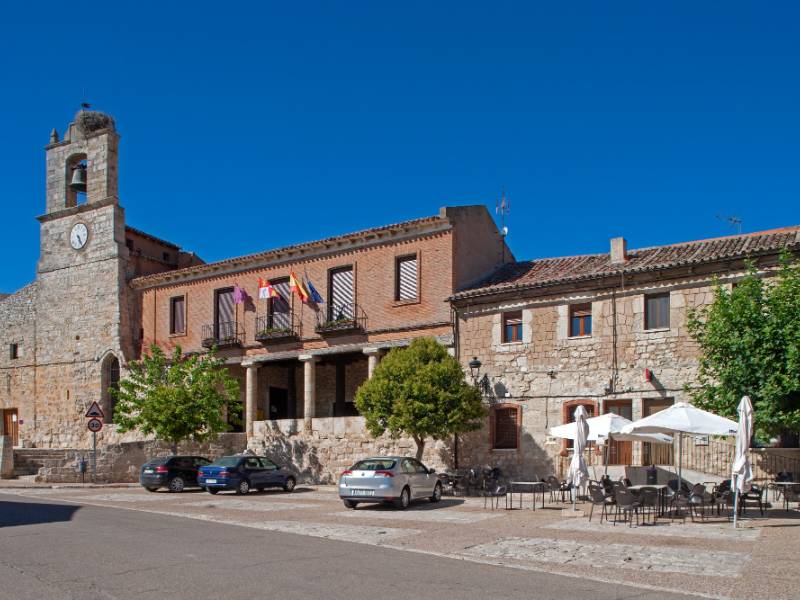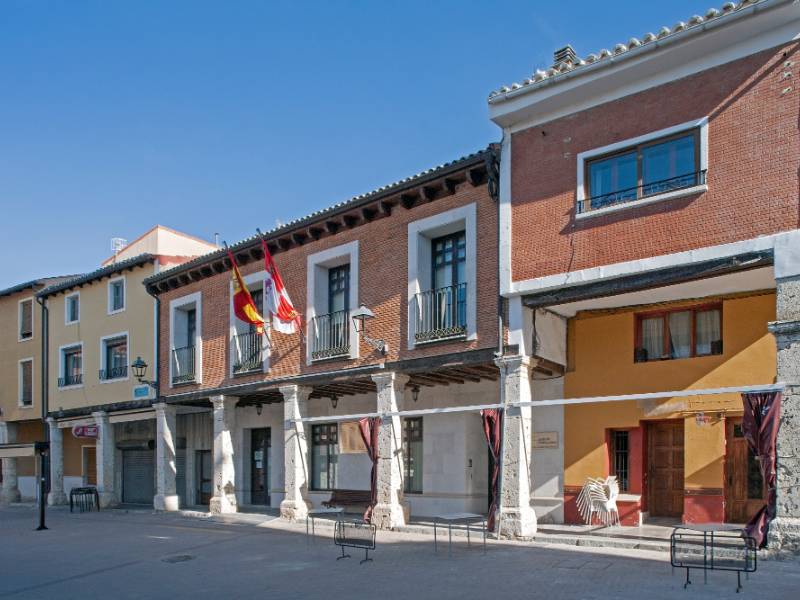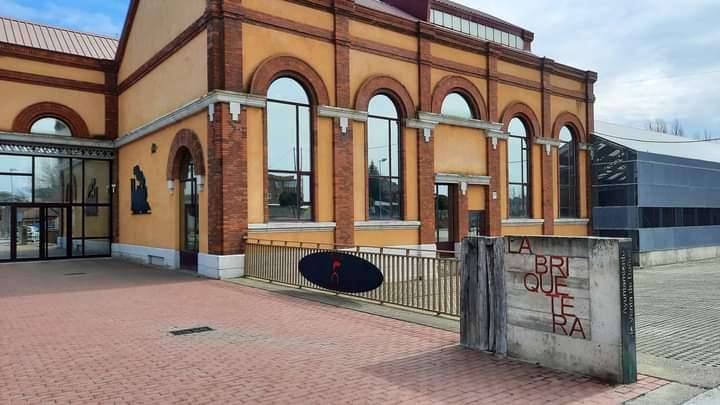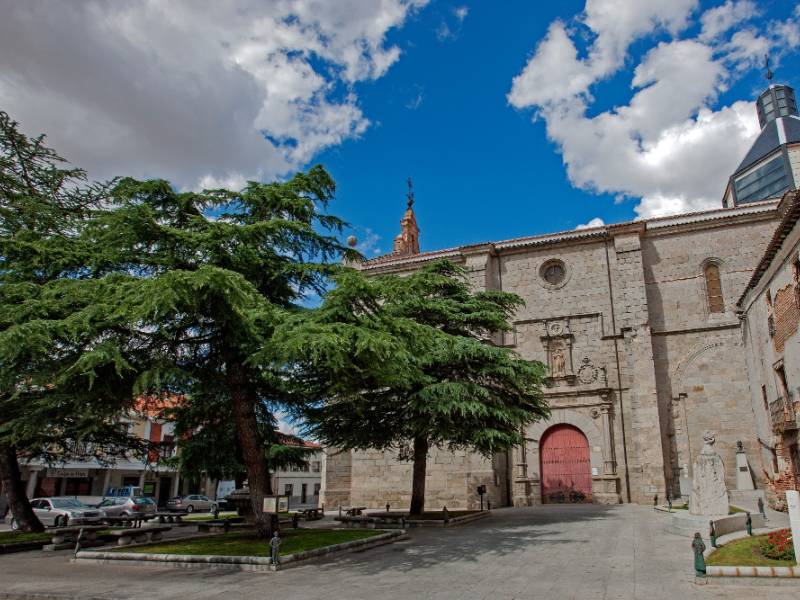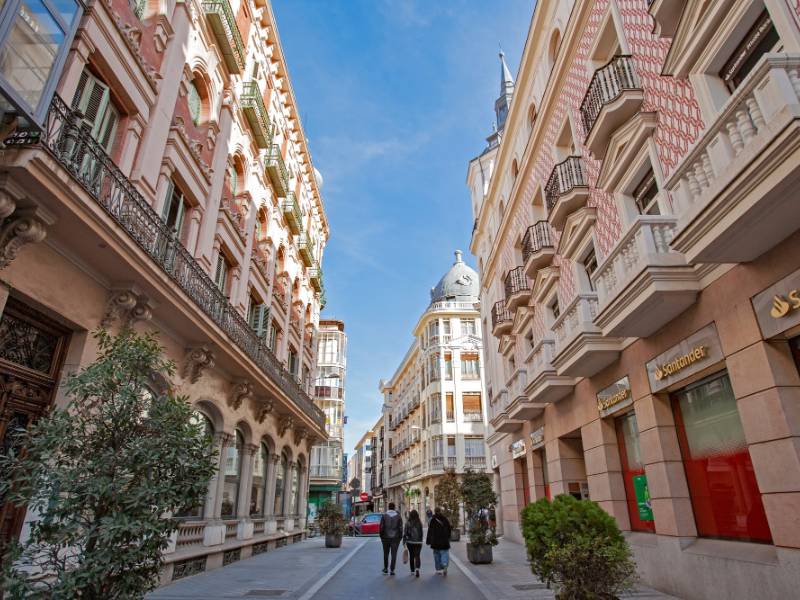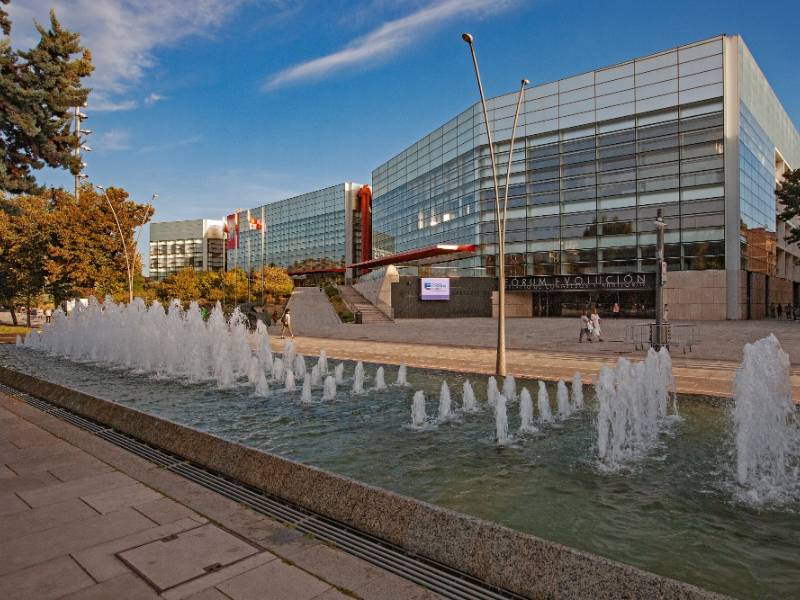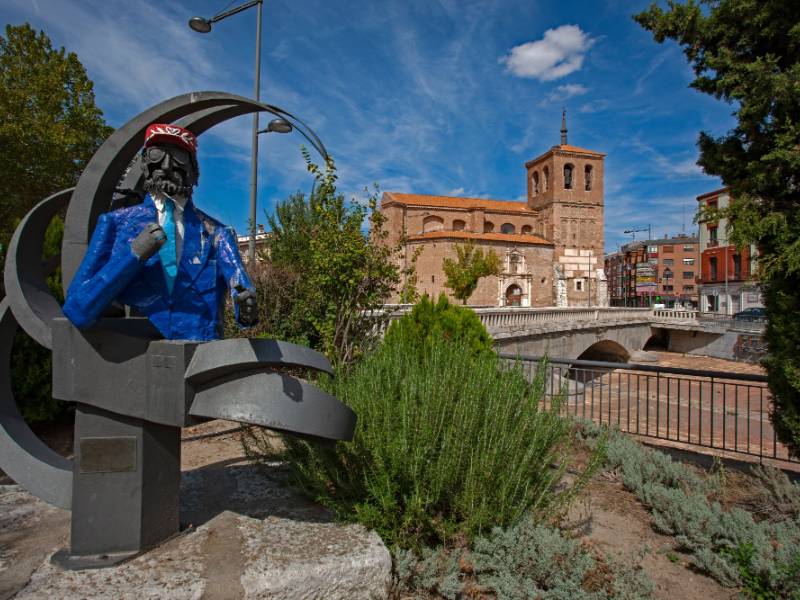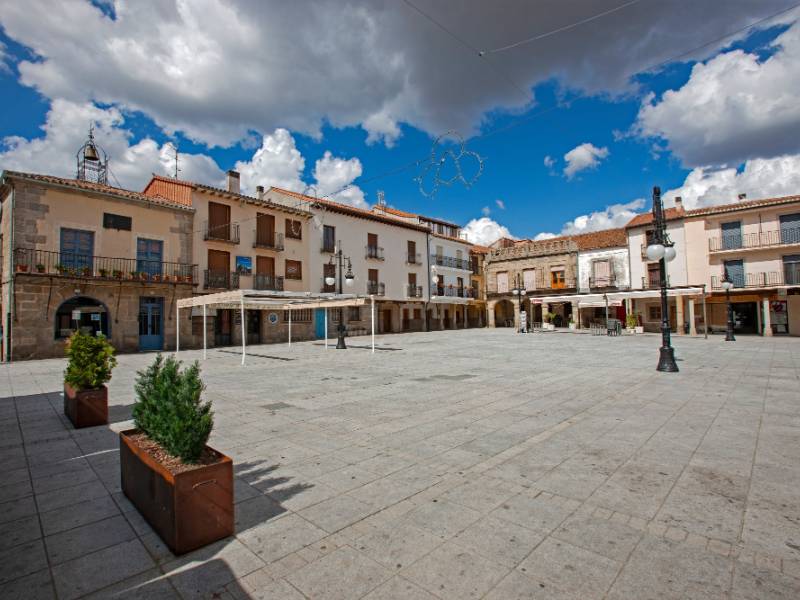Carlos V Route - Puente Arenas
- Route Data
- Ascent slope
- 645 m.
- Previous
- Following
During the second week of October and on his way to Pesadas de Burgos, the emperor went through the roads in Puente Arenas, a town grown around the bridge that crosses the river Ebro
The church of San Pedro de Tejada is the most representative building of this small town. It is located at about 500 metres from the town, and it is one of the best-preserved Romanesque churches in Castilla y León.
What to see?
 Tower of El AlmiñeMore information
Tower of El AlmiñeMore informationIn the urban area is the so-called ‘Casa Nueva’ or fortified house, which belonged to the married couple of Pedro Ruiz Beñe and Maria Fernandez de Rueda. It had its own chapel, which was even their pantheon...
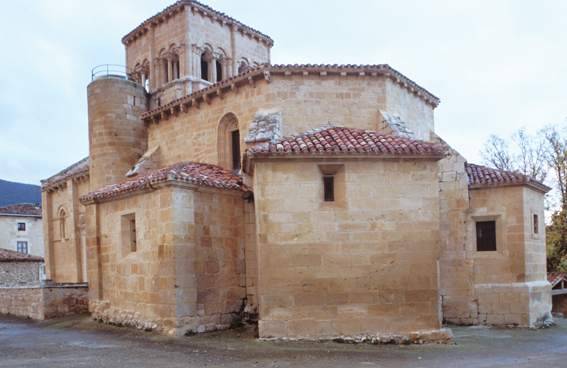 Church of San NicolasMore information
Church of San NicolasMore informationThe ground plan of this 12th-century church is similar to that of the Iglesia de San Pedro de Tejada, although distorted by the substitution of the 15th-century apse and the chapels from the 16th century.
 The mansions of El AlmiñeMore information
The mansions of El AlmiñeMore informationOf the XVI, XVII and XVIII centuries. Building isolated of rectangular floor with hipped roof and stone blocks. These mansions are adorned with genealogical coats of arms, and moldings on doors and windows.
 Tower of the Almirante BonifazMore information
Tower of the Almirante BonifazMore informationThis tower was built in a steep slope. It is called with the name of its owners of the XIX century, which were related to the family Alonso de Huidobro, the original founders of the tower.It is a set of...
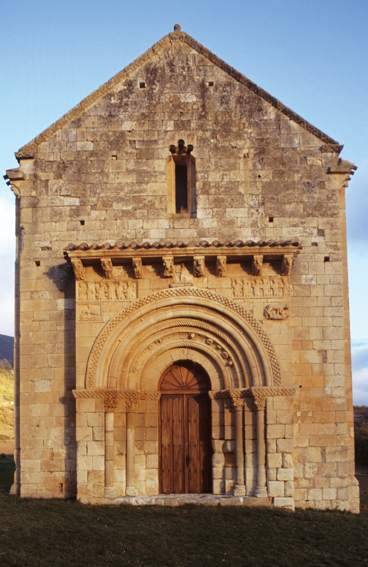 Hermitage of San Pedro de TejadaMore information
Hermitage of San Pedro de TejadaMore informationShrine from the first half of the 12th century. Built on the site of a 9th-century monastery that became dependent on Oña in the 11th century.Consisting of a single nave with barrel vaulting and transverse...
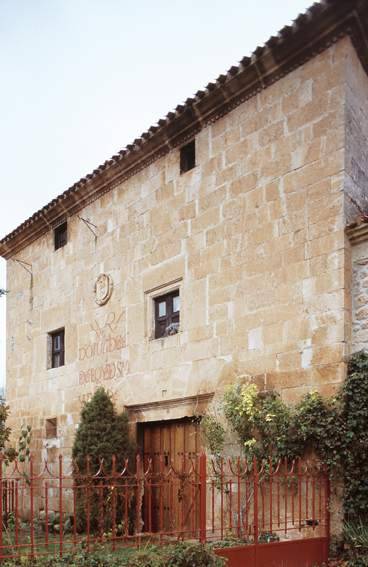 The big houseMore information
The big houseMore informationIn the town of Puente Arenas, along the Ebro River, we find ‘La Casona’. We must remember the cultural background that exudes from the Middle Ages in these lands. In these places, besides their churches,...
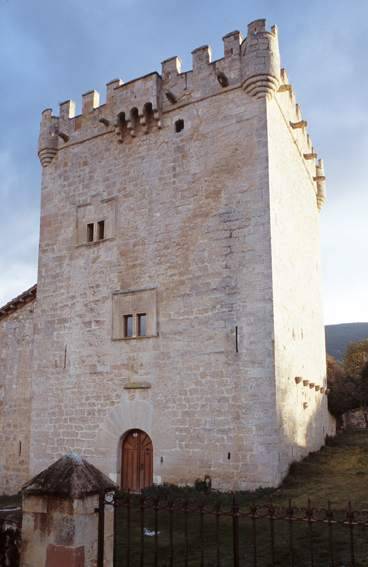 Tower of La LojaMore information
Tower of La LojaMore information15th-century structure transformed in the 16th century and afterwards. It preserves the main tower, with an attached structure known as the chapel of San Roque and other domestic rooms designed in an 'L'...
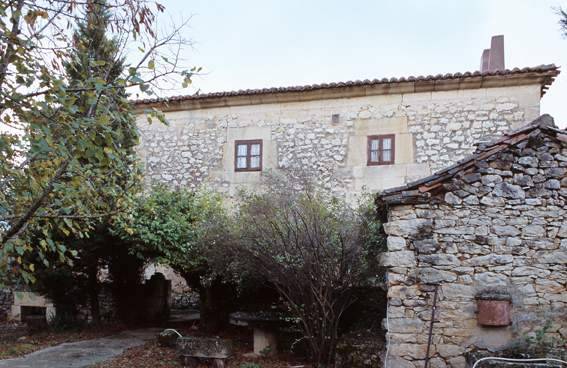 Manor House of Barrio GrandeMore information
Manor House of Barrio GrandeMore informationThe building is from XVII century although it has elements from previous times, it has rectangular ground plan, with two floors, and an attached garden. The façade is baroque, with two windows at up and...
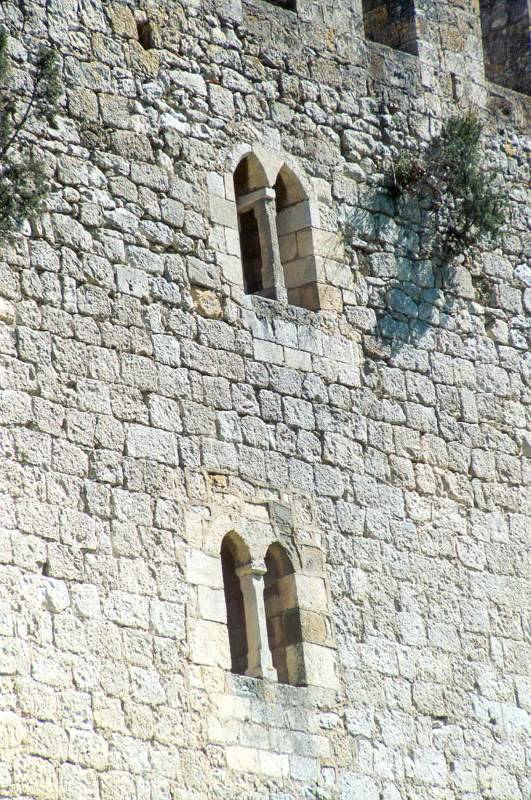 Tower of Valdenoceda or of the VelascoMore information
Tower of Valdenoceda or of the VelascoMore informationThe castle was built in the 14th and 15th centuries. Privately owned, well preserved and restored.It is a three story building. It is accessed by an exterior staircase of stone, where an ogive door opened....

